ELECTRIC, WITH AN EDGE
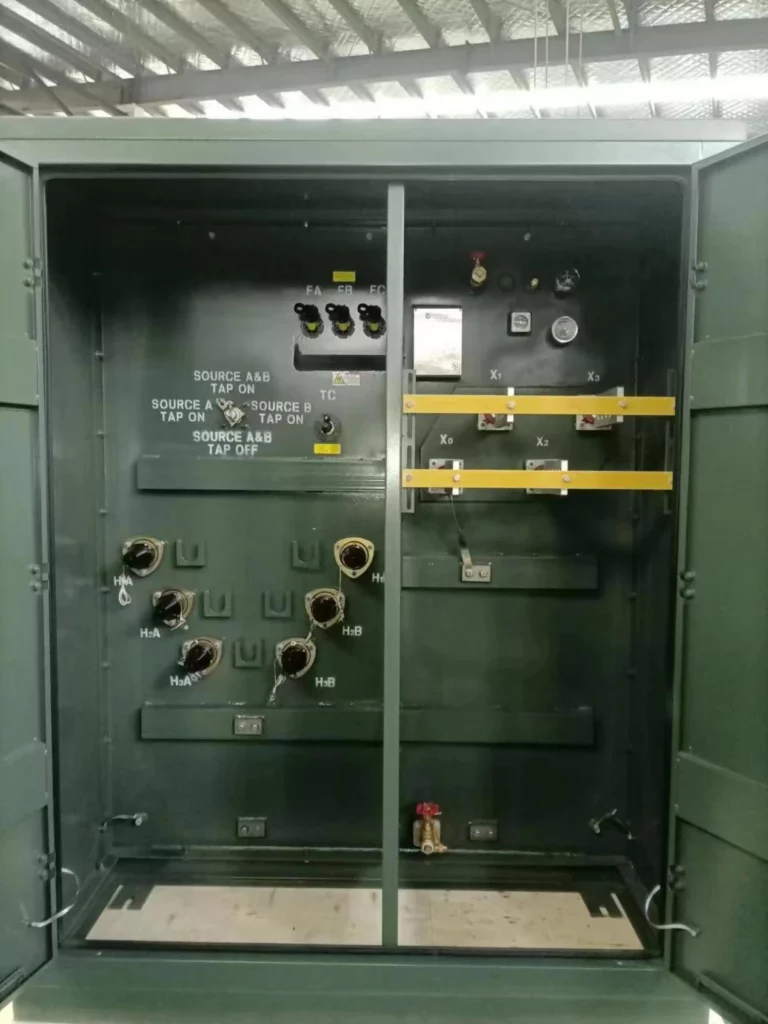
Transformers are electrical devices that use electromagnetic induction to transmit electricity from one circuit to another. One of its many types is the 400kV transformer that is available in the market.
The 400kV transformer is widely used as a power transmitter and receiving device.
DAELIM provides these types of transformers. For 15 years in the industry, the company offered clients a variety of transformers to choose from.
DAELIM’s products are used in the power system and other industries that are involved in the process.
If you’re looking for a supplier that can provide you with high-quality products and dependable service, DAELIM is the brand to go with.
Pofessional Manufacturer of Pad Mounted Transformer Substation Transformer,HV Power Transformer Single Phase Transformer IEEE/ANSI,CSA,DOE,AS/NZS,IEC and etc。standards
A 400kV transformer is used in higher-voltage transmission networks for step-up and step-down applications.
Plus, it operates on a full load rating with minimal load variations.
This transformer design considers maximum efficiency (100%), calculated using the power output/input ratio.
Moreover, a 400kV substation’s primary function would be to convert different voltage levels so that power systems could be linked together to form a power system grid.
The 400 kV transformer specifications are intended to alter the connection between the approaching voltage and current and the active voltage and current.
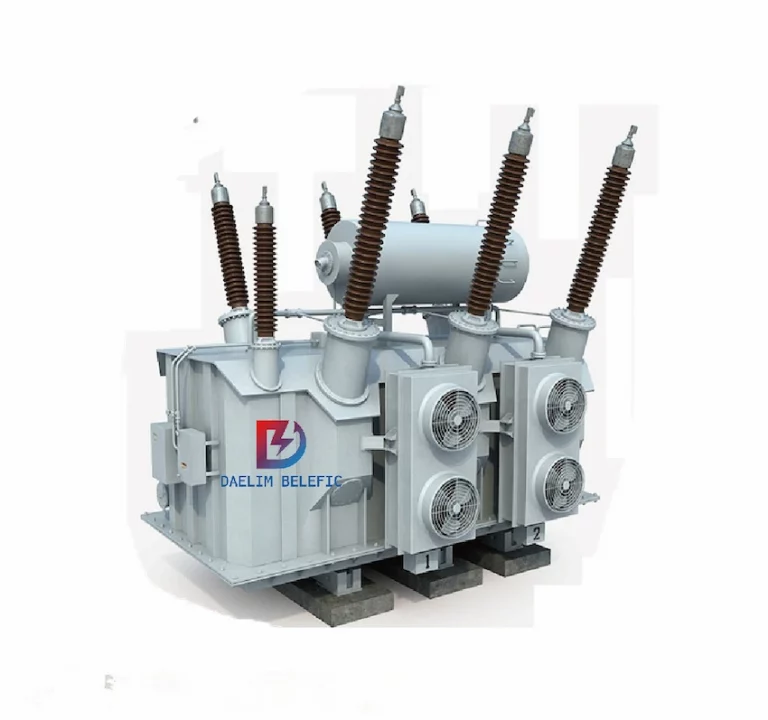
A 400kV transformer has several different types of specifications, all of which are used to power high voltage electric lines.
The transformer’s primary function is to change an alternating current (AC) electrical signal into a direct current (DC) electrical signal.
Since this is a power transformer, it typically transmits high voltage electrical power.
It is important to note that various 400 kV transformer specifications can exist from different manufacturers or brands.
A 400kV transformer has a three-phase design to increase or decrease voltage levels.
The electricity generated at various producing stations is three-phase and operates at voltages of 13.2KV or 22KV.
Power is delivered at higher voltages to minimize power loss at the distribution end, such as 400kV.
As a result, a three-phase step-up transformer raises the voltage for transmission at higher voltages.
It is possible to build a three-phase bank utilizing a single three-phase transformer with six windings on a common multi-legged core.
Also, compared to three units of the same rating, this single unit reduces weight and cost while also reducing windings, the quantity of iron in the core, and insulating materials used in the core.
If one of the three phases fails, it must take the entire unit out of service.
This factor is the only drawback to using a single three-phase transformer.
One of the advantages of a three-phase transformer is that it may supply the same KVA as a bank of three-phase transformers with significantly less core material.
Additionally, it is lighter and smaller, requiring less space for installation.
Despite its small size, it is still high-efficiency.
It is cost-effective when compared to three single-phase transformers.
Additionally, transportation is convenient and inexpensive.
In the case of a three-phase transformer, just three terminals must be taken out, compared to six in the case of three single-phase transformers.
Toroidal core structure describes the 400kV transformer due to its torus or donut-shaped core.
Its primary and secondary windings were separated by an insulating layer and wound around the whole surface of the torus core.
Moreover, magnetic flux leakage is minimized in this design.
Plus, a toroidal transformer core is regarded as the optimum transformer core design.
Having a Toroidal core structure equates to several advantages over typical square and rectangular transformers for sensitive and important electrical circuits.
Some of these characteristics are great efficiency, low noise, low heat generation, and small size.
Power supply systems, control equipment, audio systems, power inverters, and other electronic devices commonly use them.
They can also be found in other machines.
A 400kV transformer is a handy device that converts high voltage electricity directly from a power plant to a lower voltage.
It permits machinery and appliances that can only handle low voltage to be operated safely and efficiently in places like offices and industries.
Additionally, a 400kV transformer generates much heat during this process, which must be dispersed to remain running safely.
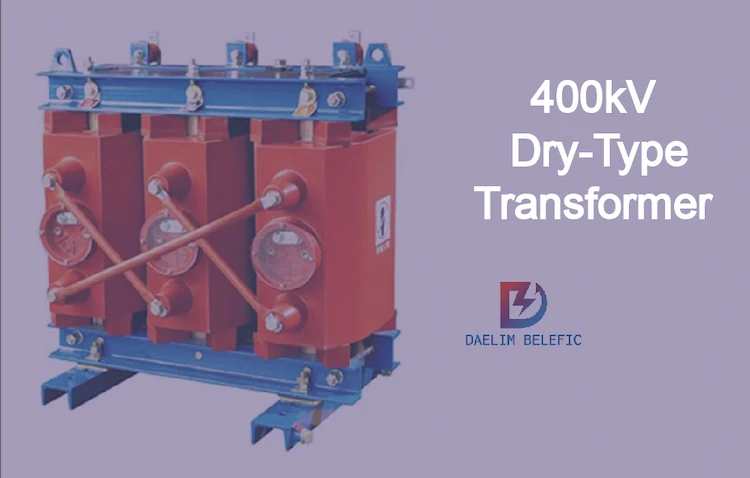
The cooling medium in this method is air.
Take note; the 400kV Dry-Type transformers are created by impregnating polyester or silicone varnish using vacuum pressure.
Several of them are also constructed with VPI epoxy and cast resin to withstand harsh climatic conditions.
For large transformers like a 400kV Oil-Immersed transformer, oil-immersed cooling is more efficient.
As the name implies, the coils are immersed in oil (most commonly mineral oil), which aids in regulating the transformer’s temperature.
This oil is dissipated by radiators attached to the transformer’s tank.
The radiators are equipped with fans to further improve the cooling of the transformer, which aid in lowering the temperature.
A 400 kV transformer price has a range from $780,000 up to $1,900,000 online.
However, it is important to note that its price may vary depending on the market and brand.
So, don’t get overwhelmed when you check the price of a 400kV transformer.
After all, it is worthy of your investment.
How Do I Choose a Main Power Transformer? The Most Complete Guide
The physical specifications of a 400kV transformer have a 1,400 to 1,550 mm height, 1,450 mm to 1,500 mm length, and 850 mm width.
Meanwhile, a 400kV transformer weight ranges from 1,550 to 1,700 kg in total.
Furthermore, it uses 380 to 450 liters of oil.
However, you need to remember one thing the same with the pricing of this transformer.
You have to expect that the specifications of this transformer vary depending on the market and brand.
The HV in a transformer means High-Voltage, and this type has a significant function.
Converting voltages from one level or phase to another is done by high voltage transformers.
They can have features for electrical isolation, power distribution, and control and instrumentation applications, among other things.
The idea of magnetic induction between coils is used to convert voltage and current levels in this type of transformer construction.
KV means Kilo Volt. In electrical engineering, the KiloVolt is the standard unit of Voltage measurement.
High Power Transmission Lines employ this equipment.
As it turns out, you’ve seen about everything there is to fear from HPT Lines (11 KVA).
On the other hand, kVA stands for KiloVolt Ampere, the metric for apparent power.
An equipment’s rated power is its visible power, and all transformers are rated in KVA.
As a result of the power factor, there is no loss (min. loss). Copper and humming losses account for the bulk of the losses.
LV and HV windings are wound on separate limbs of the transformer to make it easier to explain how the transformer works in terms of voltage.
Each limb of the core will have both LV, and HV winding wound simultaneously, in practice, nevertheless.
Insulation between the LV winding and core of the transformer is much less than between the HV winding and core, resulting in a smaller transformer for the same MVA rating.
Because of this, the LV winding is located close to the transformer’s core.
Furthermore, insulation is placed on the core of the transformer, and a low-voltage winding is wound.
Again, the LV and HV windings are separated by an insulating layer.
More and more people are working with electrical devices, and we need transformers to keep the electricity flowing.
The transformer is a critical part of an electrical system.
Transformers are used in the electrical system to shift voltages.
The 400kV transformer is one of the various power transformers on the market that you may use for this purpose.
This transformer is commonly used to transmit and receive power.
Finding an electrical transformer that is suited for your requirements can be a difficult undertaking.
However, you may be confident that the information provided above will assist you in your search for what you require from Daelim.
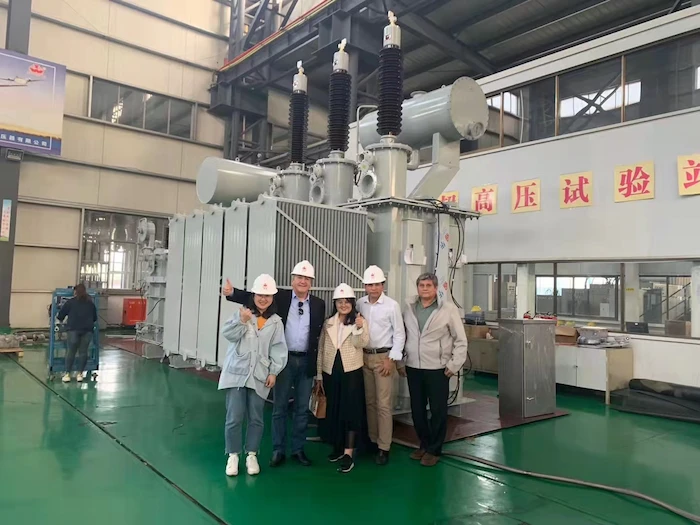
When it comes to the cost of a 400kva transformer, several factors come into play. The price is influenced by the manufacturer, the materials used, the technology incorporated, and the market conditions. For instance, a 400 kva transformer price from Daelim, a leading manufacturer, is competitively priced while ensuring top-notch quality and performance.
The market trends significantly influence the price of a 400kva transformer. The demand and supply dynamics, along with the raw material costs, play a crucial role in determining the price.
The reputation of the manufacturer also impacts the price. Renowned manufacturers like Daelim, known for their quality and reliability, might price their products slightly higher due to the value they offer.
The technology used in the transformer also affects the price. Transformers with advanced features and superior technology tend to be priced higher.
The cost of materials used in the manufacturing process directly impacts the price of the transformer. High-quality materials that ensure durability and efficiency might increase the cost.
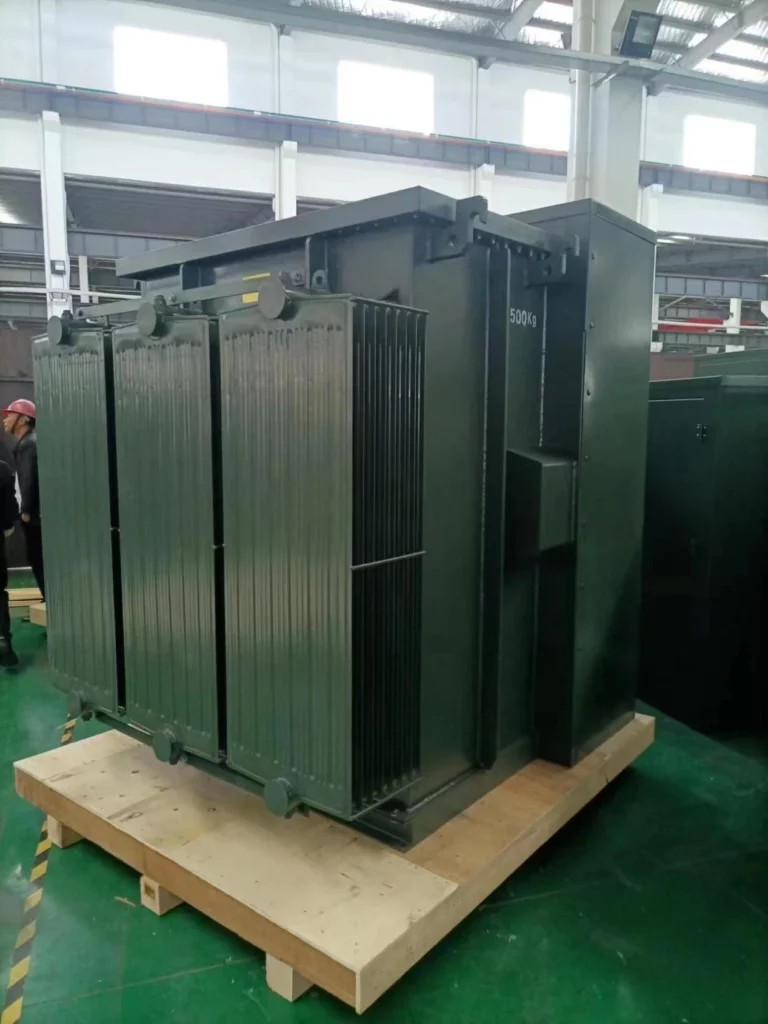
The efficiency of a 400kva transformer is a critical aspect that determines its performance. It refers to the ratio of the output power to the input power. High efficiency means that the transformer is able to convert most of the input power into output power with minimal losses. For instance, Daelim’s 400 kva transformer is designed to offer high efficiency, ensuring optimal performance.
The design of the transformer plays a significant role in its efficiency. Transformers with a well-thought-out design ensure minimal losses and high efficiency.
The materials used in the transformer also impact its efficiency. High-quality materials ensure better conductivity and lower losses, thereby enhancing efficiency.
Operational efficiency refers to the transformer’s performance under real-world conditions. Factors such as load variations, temperature, and maintenance can impact operational efficiency.
The technology incorporated in the transformer can also affect its efficiency. Advanced technologies can help in reducing losses and improving efficiency.

The load handling capacity of a transformer is a crucial factor that determines its suitability for various applications. A 500 kVA transformer, for instance, can handle a significant load, making it ideal for large-scale industrial applications. The 500 kva transformer from Daelim is designed to handle high loads efficiently.
The load capacity of a transformer is the maximum power it can handle without exceeding its temperature limit. A 500 kVA transformer has a high load capacity, suitable for heavy-duty applications.
Transformers should be able to handle load variations effectively. A 500 kVA transformer is designed to manage fluctuations in load without compromising on performance.
The efficiency of a transformer under load conditions is also important. A 500 kVA transformer maintains high efficiency even under heavy load conditions.
The durability of a transformer under load conditions is crucial. A 500 kVA transformer is built to withstand high loads for extended periods without any significant wear and tear.
There are numerous manufacturers of 400 kva transformers worldwide, each offering their unique features and benefits. One such leading manufacturer is Daelim, known for their high-quality transformers and excellent customer service.
Daelim is a renowned manufacturer of 400 kva transformers, offering products that meet international standards. Their transformers are known for their reliability, efficiency, and durability.
There are many other manufacturers of 400 kva transformers, each with their unique offerings. When choosing a manufacturer, it’s important to consider factors such as the company’s reputation, the quality of their products, and their after-sales service.
The quality standards adhered to by the manufacturer are crucial. Manufacturers who adhere to international quality standards are likely to offer superior products.
The level of customer service offered by the manufacturer is also an important consideration. Good customer service can ensure a smooth purchasing process and prompt resolution of any issues.
In conclusion, the 400kva transformer is a crucial component in the power industry, playing a pivotal role in the transmission and distribution of electricity. Its cost, efficiency, and load handling capacity make it a valuable asset in various sectors. Manufacturers like Daelim offer high-quality 400kva transformers that meet international standards and customer expectations. For more information on transformers and related topics, you can explore other similar blogs such as Transformer Substation, Transformer Manufacturers in Australia, and Transformer Installation.